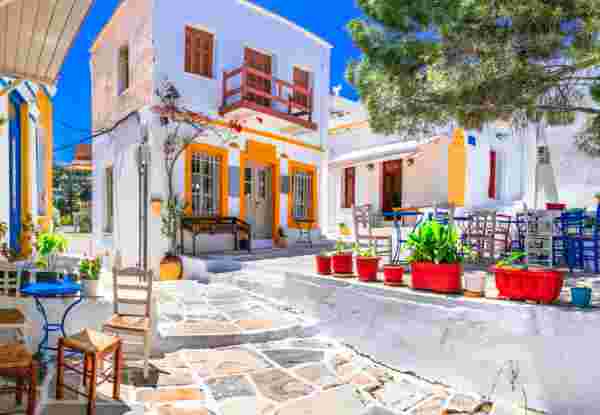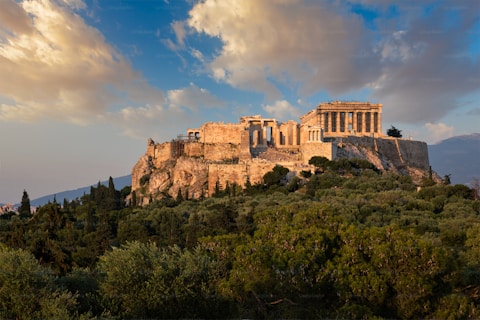Exploring Venice and Its Canals
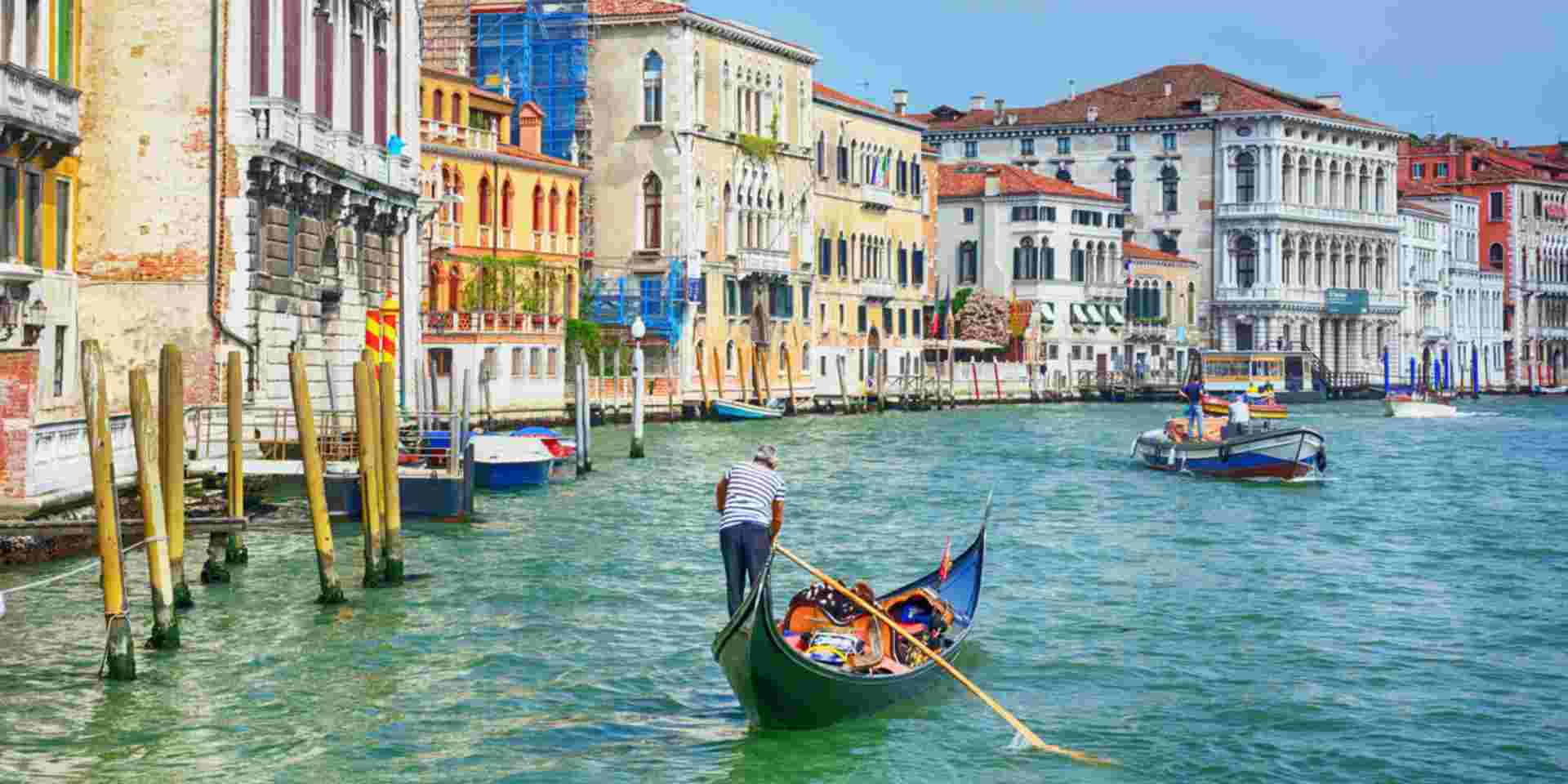
Welcome to the city of Venice. This famous place is on small islands in the Venice lagoon by the Adriatic Sea. Many people say Venice is one of the most beautiful places in Europe. You will find the city full of cultural heritage, where buildings and art from many years ago still stand strong. Venice is known for its lovely canals, and you will find that many come to see them. The city also has a long history that goes back to the time of the Byzantine empire. Venice is appealing today, and there is something here that makes people want to come back. If you want beauty, romance, and new ideas, this city on the lagoon is the place to be.

The Geography of Venice
Venice is an incredible place. It is made up of 118 small islands. These islands sit together in the Venice lagoon. The city is in the Veneto region in the northeast of Italy. It is next to the Adriatic Sea. This makes Venice a metropolitan area unlike any other, where water is all around. These small islands are joined by canals and bridges. The land and water mix here, so the city and the lagoon become one thing. The mix of the lagoon’s beauty and the city’s layout is what gives Venice its vibe. No other place is like it.
The Formation of the Lagoon and Islands
The Venice lagoon is key to the city’s story. It came to be over many years, shaped by people and the Adriatic Sea. The lagoon holds small islands and many wetlands. During the Middle Ages, people ran to these places to escape invasions. This area became a safe spot for them.
At first, the settlers built simple homes in the lagoon. Later, these turned into places where more people lived all the time. The city of Venice began to grow from this. It became a place well known for what people can do when they work together. The Grand Canal, plus many other canals, helped shape Venice. These waterways are like the city’s main roads. They let people get around in boats and made life in the lagoon possible.
There is a strong link between the lagoon and its small islands. This shows how Venice is tough and smart. Today, the lagoon still helps us remember what the city faced during its past. The battles with nature, the culture, and the buildings all show what is amazing about Venice.
Challenges of Living Above Water
Life in the city of Venice is different because it sits above water. Venetians often deal with flooding from high tides, but they still find ways to live and get by in this metropolitan area. There are industrial areas near Venice that help make life work in the city. At the same time, they can have a significant impact on the Venice lagoon and the whole lagoon area. People work hard to take care of the environment, but it is not easy because of the problems that come from tourism and new buildings. Moving around in Venice is hard for both locals and those who come to visit. There are no streets—just water, so people must use the canals to get around. It takes good planning, but this change can put old ways at risk as more people rely on tourism than on tradition. These challenges show both the good and tough parts about living on water in the city of Venice.
Venice’s Rich History
Venice has a long and well-known past. This city is often called the “Queen of the Adriatic” because of it. It was once part of the Byzantine Empire. After that, the Venetian Republic grew during the Middle Ages and made a big impact. Venice has a strong link to cultural heritage, making it noteworthy in Europe. Many people say Venice is one of the most beautiful places in Europe. The city’s history shows how it changed from small beginnings into an important place. With its great buildings and art, Venice keeps drawing people in. These things remind us just how important and wonderful Venice still is today.
Origins and Early Settlements
The story of Venice starts in the Middle Ages, when people who were running away from invaders found the lagoon. They set up homes on islands like Torcello and Malamocco. The Veneti people learned how to live well with the natural world around them. They started how the city would be built later. At this time, the lagoon changed from just a place to stay safe into a real and steady home. The byzantine empire helped make Venice important. It became a place where culture and business came together. As more people built homes, the mix of nature and what people made became a big part of Venice. The city changed in many ways, but it always showed how people can keep going and change when they need to. You can still see this in the city’s canals and how the streets are laid out.
Venice’s Rise as a Maritime Power
During the Renaissance, Venice became strong because of its ships and trade over the Adriatic Sea. By the 16th century, the city grew into a big force in trade. It linked Europe with Asia, Africa, and the Middle East. The navy and ships helped its economy. This also led to more art and new buildings, which added to Venice’s architectural heritage. Their control of the sea came from smart trading spots. This made Venice stand out as a big name around the world as a maritime power. Later, things changed, and Venice did not have as much control of the seas. Even then, the feeling and style from its days in the Renaissance still touch the city now. Venice is still seen as a place that guards the history of culture and buildings.
Venice’s Outstanding Universal Value (UNESCO Significance)
The city of Venice is known for its deep cultural heritage. It is a UNESCO World Heritage Site. The city has a distinctive history of buildings. You can see examples from the Byzantine Empire to the time of the Renaissance. This shows how the city of Venice grew to be a strong maritime power. The canals and bridges all over Venice add beauty to the city. They also show stories from the city’s lively past. The main part of the city and the lagoon around it help people understand Venice’s big role in art, trade, and how cities can change and grow.

Best Time to Visit Venice
Timing your visit to Venice will depend on what you want to get from the trip. If you go in April, you will find mild weather, which is great for visiting this popular tourist destination in Italy. There are not as many people then, so it is nice to walk around and see the city. If you want to join in the fun of different festivals, December is a good time. Venice is full of holiday spirit, even though it is cooler then. Every season brings something new to see and do. February has the famous Carnival, which is a big event. In winter, the city feels peaceful and quiet.
Weather and Climate in Venice
Venice is in Italy and has a Mediterranean climate that the Adriatic Sea helps shape. Summers, mainly in July, are warm and dry. This is a good time for a gondola ride. April and May are cooler, with spring weather and some rain. These months are less busy, so you can see the city with fewer people around. In fall, the weather stays mild. Winter is when you can see acqua alta, the high tides. The winds in December make old buildings in Venice look even more beautiful. If you want to visit Venice in Italy, you need to think about the weather to get the most out of your trip. This way, you will see the city’s beauty any time of the year.
Practical Travel Tips for Visiting Venice
Getting around the city of Venice needs some planning. Marco Polo International Airport is the main way for travelers to get into this city of Italy. It connects people to the historic center.
- Pick a place to stay in the city center. You will be closer to big sights like Piazza San Marco.
- Ride public transport such as Vaporetto water buses. These are a good choice for going along the canals at a low cost.
- Bring light rain gear with you, as it often rains during spring and autumn.
- Skip big crowds by coming during times when not as many people visit.
If you want the best trip in the city of Venice, you should choose what works for you. Keeping things simple will help keep the magic of the historic center alive.
Going Around Venice Like a Local: Insider Tips to Avoid Getting Lost
Getting around the many streets of Venice, like the ones near San Polo and the main center, can be hard. People who live here often use landmarks like the Grand Canal to know where they are. Insider tip—walk through Venice’s secret streets and narrow corridors. When you do, you may notice touches from the Byzantine empire in some corners of the buildings. If you use a canal to get somewhere, be sure to pick the right ride for the area you want to go. This will help you get to your spot without trouble.
If you are at Piazza San Marco or looking for places that most people do not know, following these tips will help you see what Venice is about without getting lost.
Discovering the Iconic Canals
The canals in the city of Venice are the main way water moves through the old city. They have always been an important part of its story. These canals connect the historic center and show off much of their history. The biggest and best-known canal is the Grand Canal. You will find big, beautiful old houses along its edges. There are also smaller canals, like the quiet one in San Polo. Here, lovely little bridges go from one part to another and link old times to life now. When you explore these canals, you see many sides of Venetian culture and style. All these things are the reason why the city of Venice is a UNESCO World Heritage site.
Famous Canals and Their Stories
The Grand Canal is the main waterway of the city. It is lined with grand palaces and busy markets that show the true spirit of Venice over the years. The Grand Canal runs through the heart of the city, and you can see people going up and down, bringing life to the place. Next to this, the Cannaregio Canal is not as famous. But it shares stories of the Venetian ghetto and the life of Marco Polo. This canal helps you see the mix of culture in Venice and how much the city values its cultural heritage. When you look at the water and the old buildings, you can think of the days of the Venetian Republic. This city once had a lot of maritime power and trade. The canals linked Venice to other places in Europe. Because of this, Venice grew strong and important. These connections made Venice exceptional and helped it become a UNESCO World Heritage site. The canals, with all their history, keep the city’s story alive.
Gondolas, Vaporetto, and Water Taxis
Each way to get around in the city of Venice gives you a different view of its beautiful canals and busy life. Gondolas move slowly through the water. They show the romance and long history of the old Venetian Republic. The vaporetto is different. It is a key way for people to get around. This public boat links the historic center with many small islands close by. There are also water taxis. These let you travel in a more private way. They help you see even more of this famous UNESCO World Heritage site.
Explore Venice Without Using Boats
Walking in the narrow streets of the city of Venice lets you see its architectural heritage in a new way. As you move through these paths, you can find many spots and lovely piazzas. All around you, there is a lively local culture that you can enjoy. The twisty streets show you interesting old places, like Teatro La Fenice and small, local cafés. If you ride a bike near the Venice Lagoon, you get a different look at the area. From here, you can see the beautiful lagoon and the sights that help make this a UNESCO World Heritage Site.

Venice’s Top Attractions
Venice is a city that draws people in with its many things to see and do. The city is known for its deep cultural heritage and long past. When you walk into Piazza San Marco, you will see a place full of history. You can also watch great shows at Teatro La Fenice. This theater is a famous spot in the city for those who love the arts. The Venice Biennale and Carnival of Venice highlight the city’s busy art scene. These events mix the old with the new, giving everyone a taste of the city’s past and fresh ideas. You should also go to Murano to see the skillful glass-making up close. Murano’s glass shows the strong link Venice has with the sea and how the city was a major maritime power. This craft is one way Venice keeps its artistic touch growing even today.
Venice Biennale
The Venice Biennale is known all over the world for modern art. It brings new and exciting art from many places and shows the lively culture in this city. The event started in the late 1800s and now happens every two years. People like artists, art lovers, and curators come from all around to be a part of it. During this time, key places like the well-known Arsenale and Giardini turn into big displays. These shows capture the creative feeling that runs deep in the old Venetian republic. The Biennale is important for showing off Venice’s cultural heritage. It also helps keep Venice as one of the top places for arts in the world.
Carnival of Venice
The Carnival of Venice is a bright and lively event. It shows off the city’s cultural heritage. The festival started in the Middle Ages. Every year, people from Venice and visitors from other places come to join the fun. They wear colorful masks and costumes. The festival happens in the historic center of Venice. There are grand balls and fun parades. These celebrations bring back the Renaissance days when the Venetian Republic was at its best. This festival helps to show why Venice stands out. It is also a big reason Venice is important as a UNESCO World Heritage site.
San Marco
Piazza San Marco is the main place to be in Venice. It shows off the city’s architectural heritage and has a lively feel. You can see the beautiful Basilica di San Marco and the tall Campanile on both sides of this famous square. People have gathered here since the Middle Ages. Many visitors love to look at the detailed mosaics, which tell stories from the Byzantine Empire. San Marco is a UNESCO World Heritage site, and that fact adds to its cultural heritage. The square also hosts many international events, which helps keep its importance in today’s world.
Venice Ghetto Glass
The art of glassmaking in the Venice Ghetto started in the 16th century. This craft is a big part of the city’s cultural heritage. The Ghetto is famous for bright colors and fine designs in its glass beads and Murano pieces. These show the strength of the Venetian people during tough times. Artisans use old methods to make these pieces, and their work stands out for its beauty. This tradition has reached many countries through international events. The Ghetto’s work and its history also help Venice be known as a UNESCO site.
Teatro La Fenice
Teatro La Fenice is a true example of architectural heritage. It is an important symbol of Venice and its culture. This stunning place was first built in the 18th century. Since then, it has hosted many international events and famous shows. The name “La Fenice,” which means “The Phoenix,” shows its strong spirit. The opera house was rebuilt after big fires and did not give up. Today, La Fenice still welcomes people from all over. You can see how the arts are a big part of the city. The theater is a good way to look at the history and life of Venice through the years.
Murano Island
Murano Island is well-known for its beautiful glass work. People visit to see the old ways of making glass, which artists have learned from their families over many years. You can get to this small island with a quick trip on the vaporetto from the city center. Murano has a backstory that goes all the way to the Middle Ages. In those days, the Venetian Republic set up glass-making shops here to keep its secrets safe. Now, you can watch artisans make fine glass beads and lovely sculptures. These artists help you get a real look at Venice’s cultural heritage. Murano’s setting also makes the time you spend here even better.
Venice Lagoon
The Venice Lagoon is an amazing place where land and water meet. The lagoon has many canals and islands. This shows how much power the Venetian Republic once had on the sea. The area is also famous for its beautiful old buildings, which be a big part of its architectural heritage. The Venice Lagoon is listed as a UNESCO World Heritage Site. It is full of plants and animals, showing how much the Adriatic Sea can affect the way people there live. You will get great views of famous buildings and the lagoon if you visit. So, the Venice Lagoon is a top spot for anyone who wants to learn about its past.
Cycling from Lake Garda to Venice
A trip from Lake Garda to the city of Venice gives you a look at the beauty of Italy. The bike path goes through lovely vineyards and old towns. These places show the cultural heritage of this region. As you get closer to the Adriatic Sea, there is more excitement. The view of Venice’s skyline at the end is amazing. The fresh air, beautiful scenery, and sense of adventure make memories that people—both expert riders and those just looking for fun—will keep for a long time.
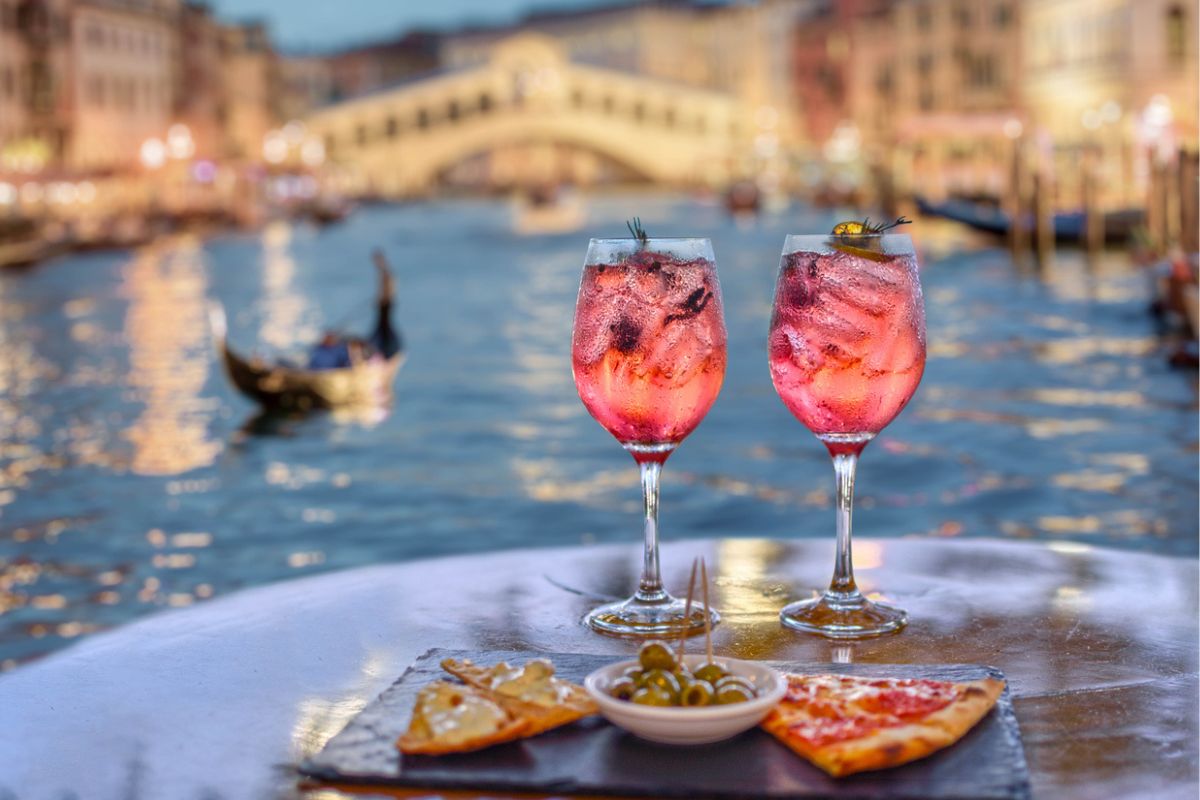
One-Day, Weekend, and Custom Itineraries in Venice
You can shape your trip to this beautiful city in many ways. There are different plans to match how much time you have here. If you are only staying for one day, you can go see famous places like San Marco and the Grand Canal. If you have a whole weekend, you get to know more about the city. You can enjoy art at the Venice Biennale or take in the view at sunset at the Venice Lagoon. If you want a deeper experience, there are custom itineraries for you. These let you get into the real Venetian way of life. You can visit places like Murano and the local markets. In this UNESCO World Heritage Site, every moment has something remarkable about it.
Authentic Food Experiences in Venice
Food in the city of Venice is full of taste. The Adriatic Sea has a big impact on what people eat here. Many old recipes, like risotto al nero di seppia and cicchetti, are part of the cultural heritage from the time of the Venetian Republic. These dishes use a lot of fresh seafood and the best ingredients from each season. When you visit small osterias or busy markets, you get more than food. You get to see how Venetians live. Every meal in Venice gives you a real and look into their history and traditions.
Final Thoughts
To sum up, this amazing city gives you a mix of old history and new energy you will not find anywhere else in Europe. You can see the famous canals that tell stories from the time of the Venetian Republic. There is also a lot of cultural heritage that stands out during big events like the Biennale. When you walk through the narrow streets or ride along the pretty waterways, you feel the magic of this UNESCO World Heritage site. The lovely moments you make in Venice stay with you even after you leave.
Feeling Ready?
From our blog
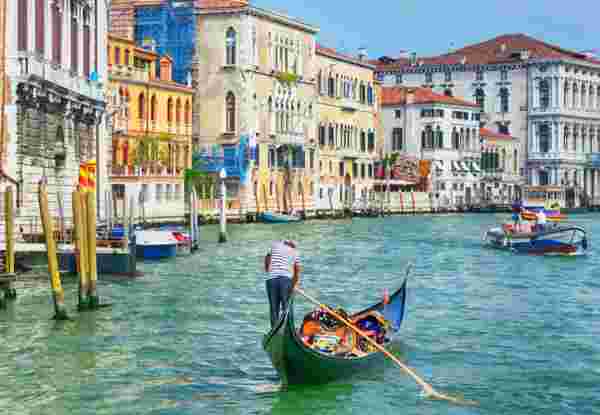
Exploring Venice and Its Canals
READ MORE
Crete for Seniors: A Complete Guide
READ MORE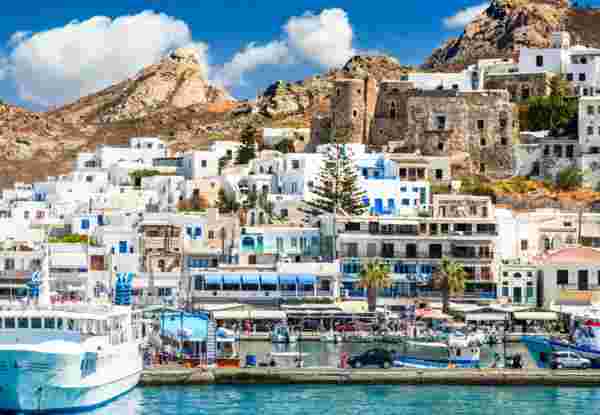
How to Explore Naxos for Seniors
READ MORE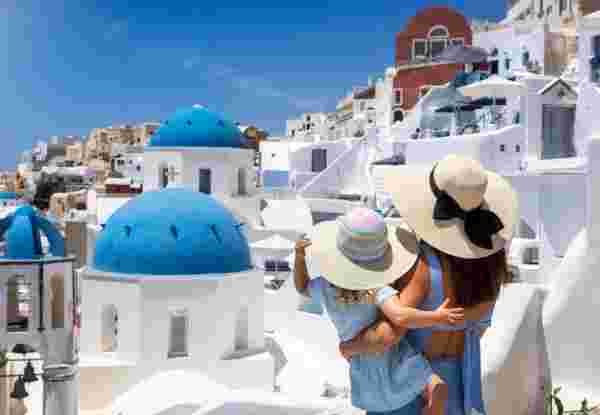
Why Visit Santorini with Kids: A Fun Family Guide
READ MORE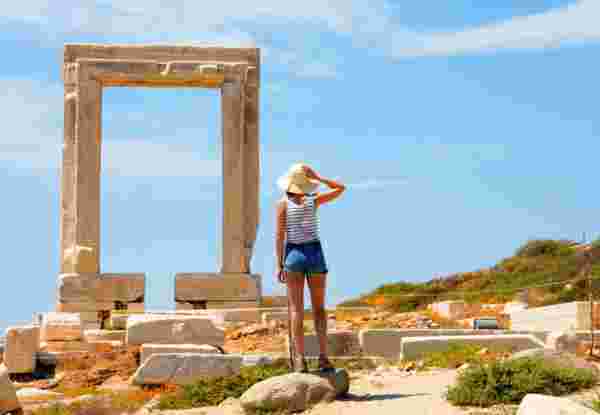
Honeymoon in Naxos: A Complete Guide
READ MORE
Visiting Athens with Kids: A helpful Guide
READ MORE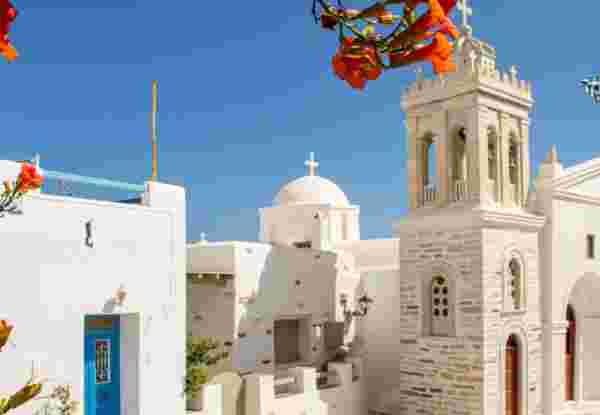
Paros for Seniors: Tips and Itinerary
READ MORE
Best Resorts in Greece for Families: Your Ultimate 2025 Guide
READ MORE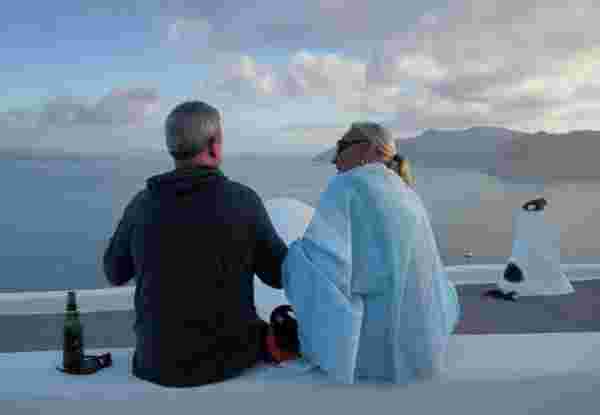
How to Enjoy Santorini for Seniors
READ MORE